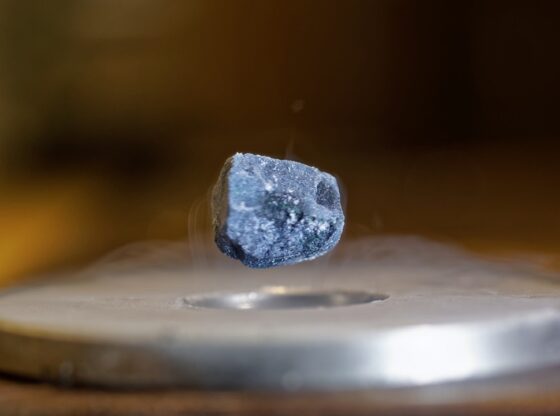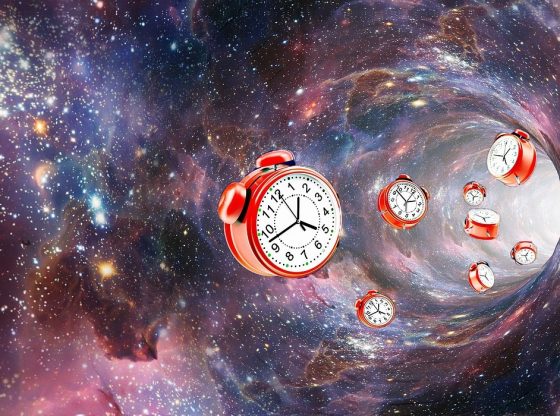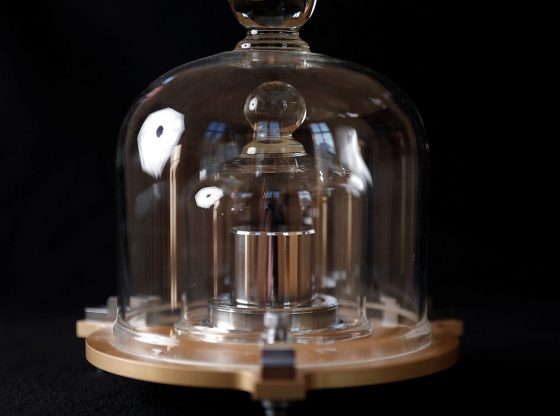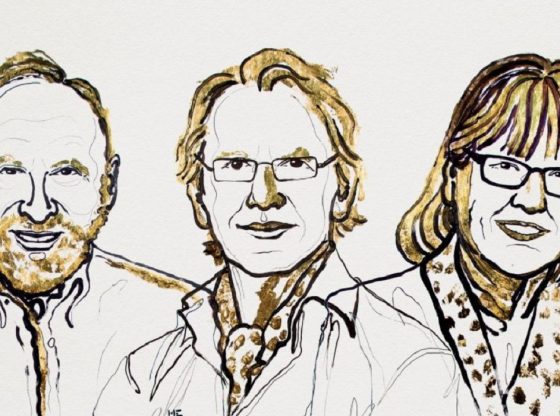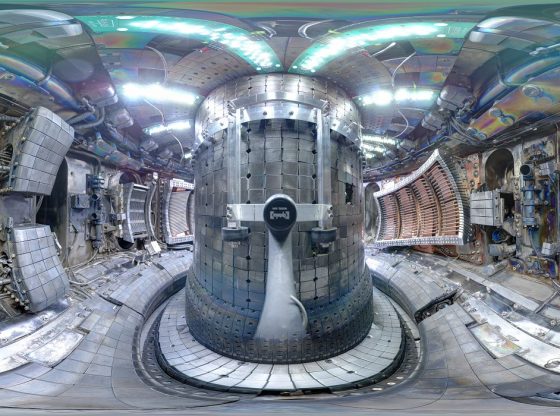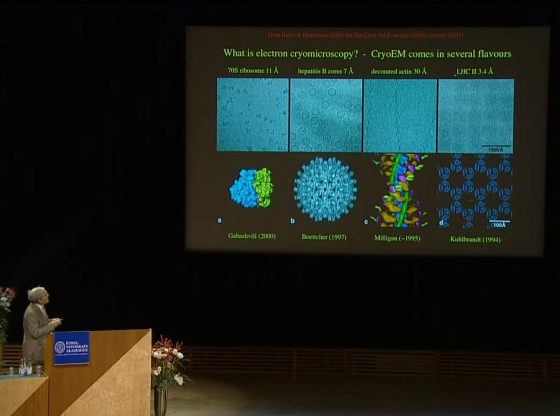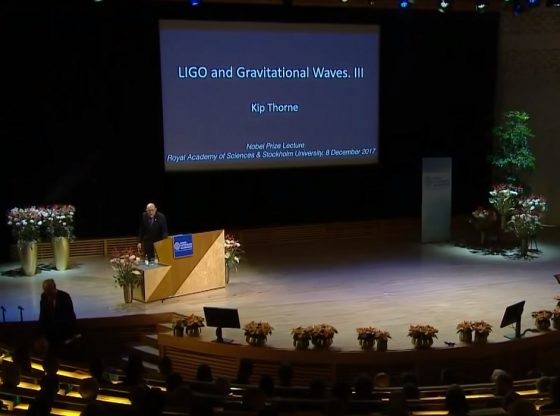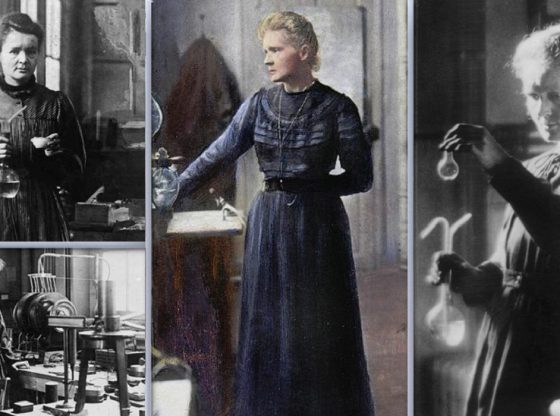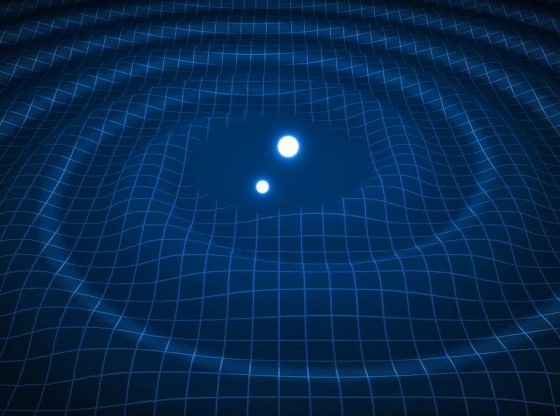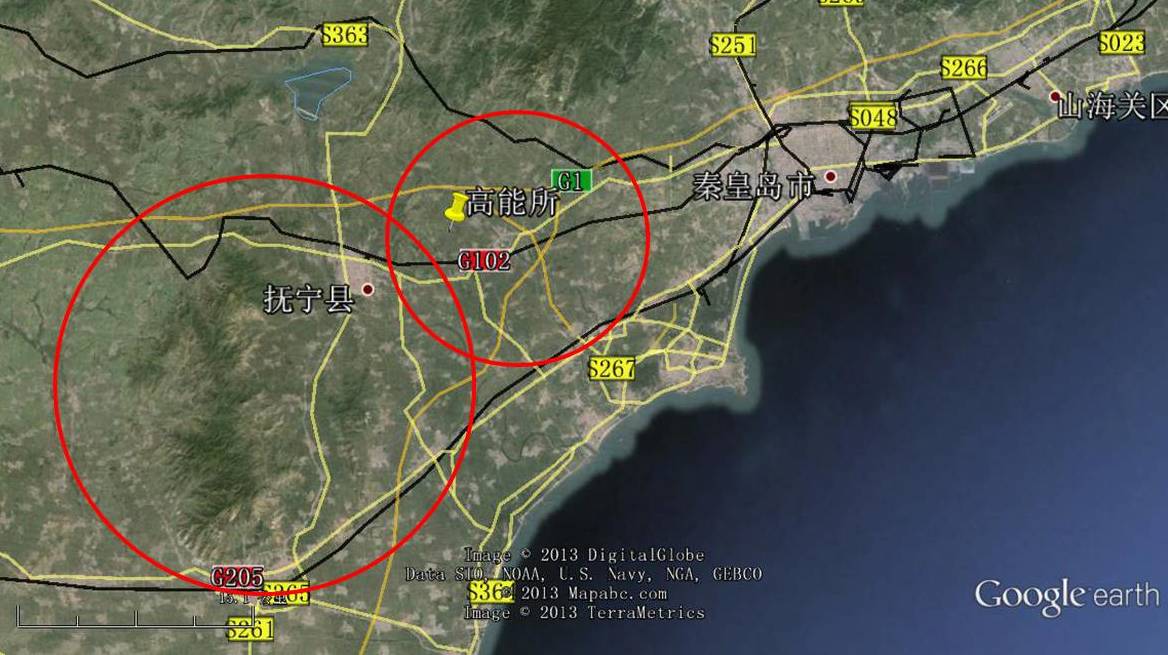
The Chinese Academy of Sciences expects to have its Circular Electron Positron collider, a cutting-edge particle collider that could help answer so-far unanswered physics questions, up and running in 2030.
The Circular Electron-Positron Collider (CEPC) is a particle accelerator that will measure 100 kilometers in circumference. The collider, to be built with global collaborators, is to be over 100 meters underground, according to a conceptual design report published last week by the Institute of High Energy Physics of the Chinese Academy of Sciences, the project’s initiator.
The proposed collider will be almost four times greater than the Large Hadron Collider, the world’s most powerful particle accelerator, a 27-kilometer ring of superconducting magnets located beneath the border of Switzerland and France.
The Institute of High Energy Physics (IHEP) under the Chinese Academy of Sciences, released a two-volume report covering the technical details on the major parts of the project, drawing a successful close to the project’s conceptual design stage.
The documents show that the collider will be located near Qinhuangdao City, around 320 kilometers east of Beijing. It would collide electrons with their antimatter partners, called positrons (every particle has an antimatter partner with the same mass and opposite electric charge, among other differences). It would serve to generate “more than one million Higgs particles,” as well as billions of another particle called the Z boson and 15 million pairs of W bosons.
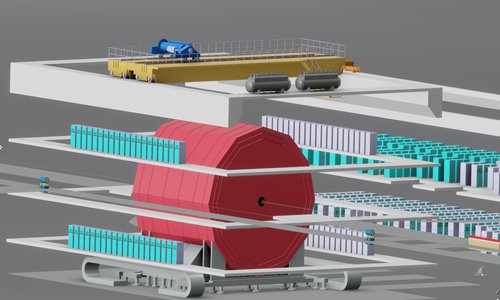
Scientists estimated the European collider takes 10 billion collisions to produce a single Higgs boson. However, the CEPC can generate one Higgs boson from every 1,000 collisions.
The project’s cost is estimated at more than 30 billion yuan ($4.3 billion). Prototypes for its key components are expected to be built between 2018 and 2022, and construction is to begin by 2025 if financing and all preparations are in place.
In the planned 10-year operation, the super collider will produce over one million Higgs bosons, one hundred million W bosons and close to one trillion Z bosons.

